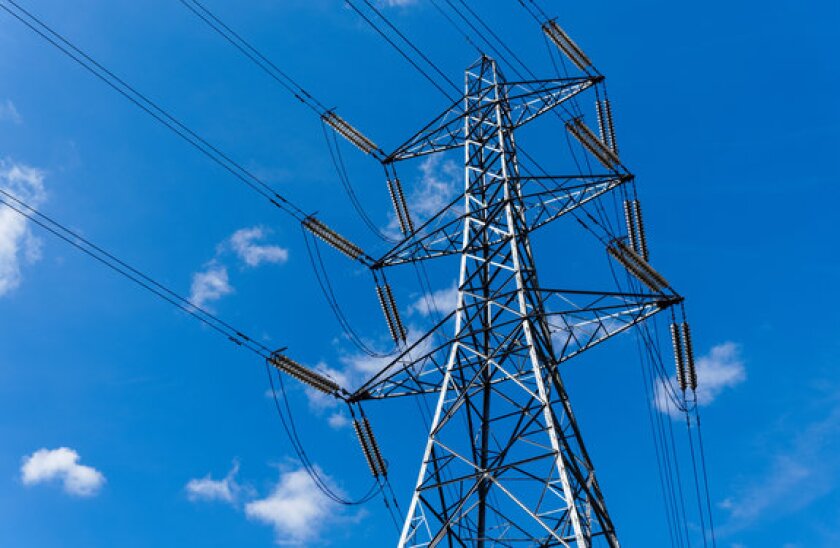Transition bonds are still rare. Apart from Hong Kong power generator Castle Peak’s two bonds, only Italian gas grid company Snam, Brazilian beef producer Marfrig and UK natural gas distributor Cadent have sold these deals.
Castle Peak sold the first transition bond in 2017, but they did not really take off until last year.
The purpose of transition bonds is clear from their name.
Companies like Castle Peak, which operates a coal fired power plant, and Marfrig, which slaughters cattle raised in part on cleared Amazon rainforest land, cannot sell green or sustainable bonds, as they operate in carbon emission heavy industries.
Even if they wanted to sell green bonds, for example to build a solar power plant or only purchase cattle from sustainable suppliers, investors would balk. Dark green investors in particular, the buyers with the highest standards for sustainable investments, would shun such deals.
However, transition bonds can serve as a bridge to bring dirty companies closer to green standing without watering down the green bond label.
These notes put proceeds to work on projects that are not green, but do provide a better alternative for companies.
For instance, Castle Peak is using the proceeds from its latest trade to construct an offshore liquefied natural gas receiving terminal and related infrastructure.
Ideally, Castle Peak would focus on building more renewable energy options. But realistically, it will simply not be able to switch from coal to solar and wind energy overnight. There are numerous steps to take in between, that will eventually lead to that outcome.
Arguably, these in-between steps are just as important as green companies putting money into green projects, if not more so.
The immediate impact of making a coal plant cleaner is greater than a wind power company building another wind farm. The former will cut down on existing emissions — the first step towards becoming greener.
Looking at cutting carbon emissions as a transition will be beneficial to Asia and emerging markets.
Countries like China and Indonesia are heavily coal dependent and they are reticent to scrap a system that has helped their burgeoning markets grow.
It is also not realistic or fair for Western nations, which went through their own coal-heavy industrial revolutions more than a century ago, to expect emerging markets to be able to take the same approach to improving environmental standards.
As many sustainable finance experts point out, there is no silver bullet for financing the fight against climate change. But while country specific options must be considered, what is clear is that transition bonds using Asia’s capital markets can play a big role in funding viable options.
This is not to say dark green investors and their demands for renewable energy and truly green projects are misplaced.
Developed markets should push themselves to higher standards as they cut emissions. Renewable energy projects and other green options should be made available to those that want to use them.
But the sustainable finance market leaders also need to create more definitions and guidance for investors and issuers considering transition bonds.
There are risks of companies giving lip service to improving their business practices without following up with real steps. This should not be allowed. Issuers should be held accountable if they are dedicating themselves to improving practices through transition finance — and guidelines around transition deals will help with that.
As Asia takes baby steps toward a greener future, using capital markets to sell transition bonds can go a long way towards improving current practices.
Castle Peak has proved that the door is open. The onus is now on banks and issuers to get the market moving faster.

